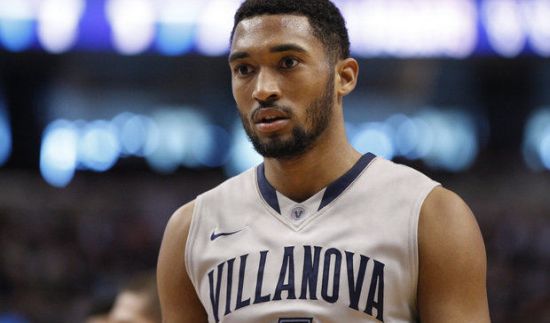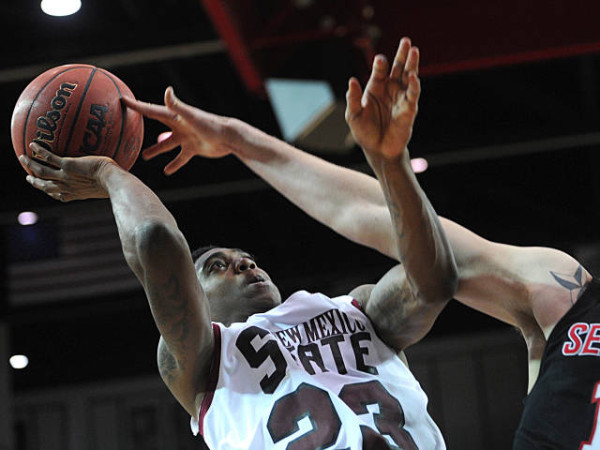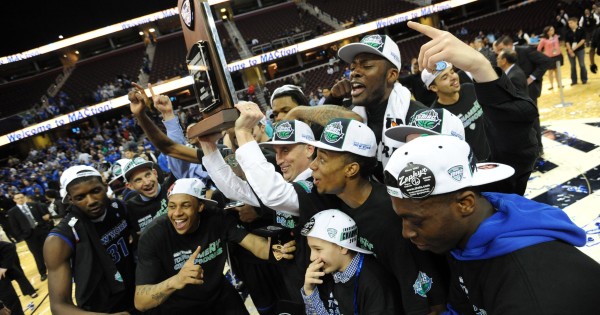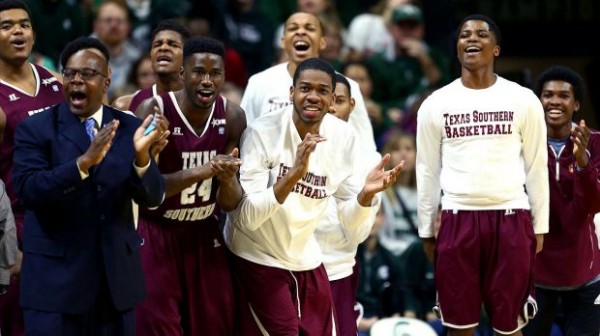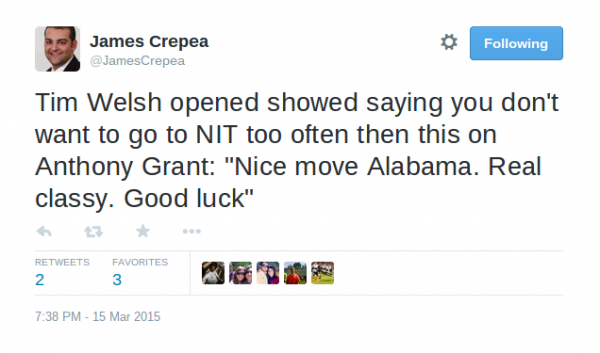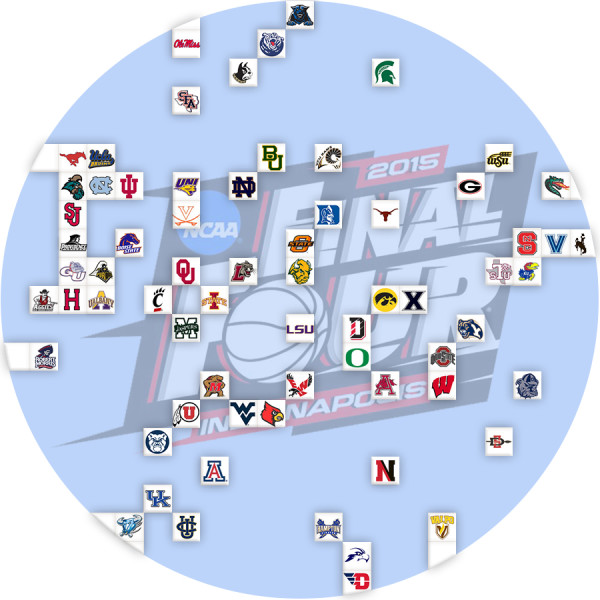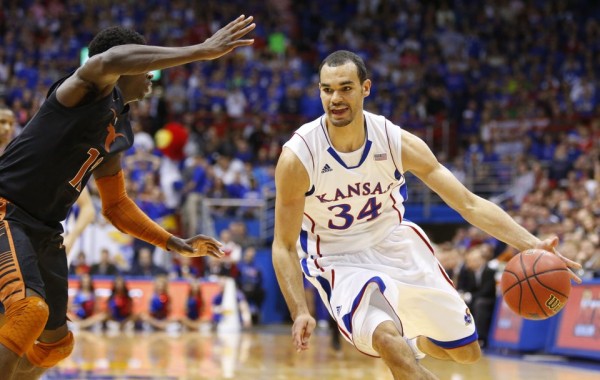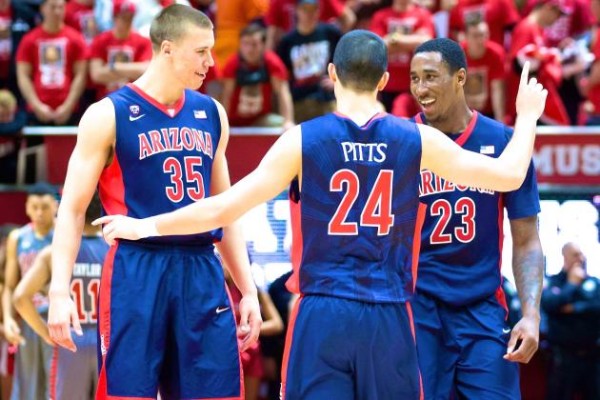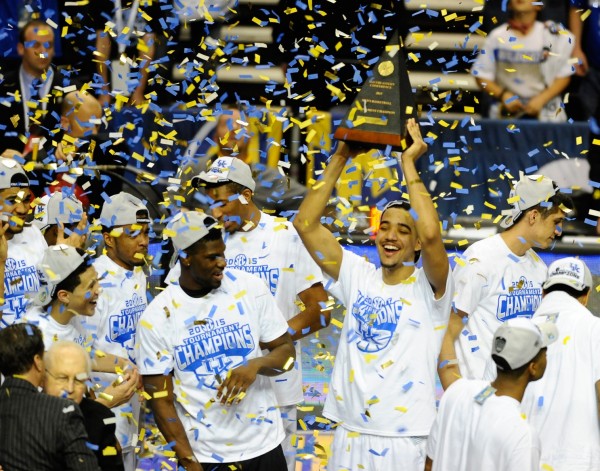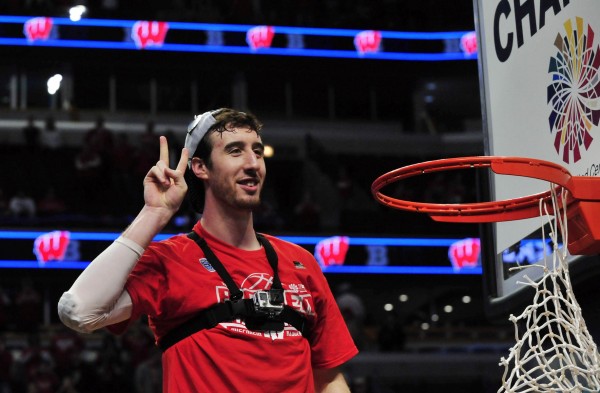Bracket Prep: East Region Analysis
Posted by Tommy Lemoine on March 17th, 2015Throughout Tuesday, we will roll out our region-by-region analysis on the following schedule: East (10:00 AM), South (11:00 AM), Midwest (1:00 PM), West (2:00 PM). Here, Tommy Lemoine (@hoopthink) breaks down the East Region from top to bottom. Also, be sure to follow our RTC East Region handle on Twitter for continuous updates the next two weeks (@RTCeastregion).
East Region
Favorite: #1 Villanova (32-2, 16-2 Big East). For as good as Virginia has been this season, Villanova enters the NCAA Tournament as hot and seemingly infallible as any team outside of Kentucky. The Big East champion Wildcats are currently riding a 15-game winning streak, including 11 victories by double-figures and two drubbings – an 89-61 win over Providence and 105-68 beat-down of St. John’s – against current Tournament participants. They boast the fourth-most efficient offense in the country thanks to a balanced lineup that sees six different players average between nine and 14 points per game, and have a true inside presence and rim protector in 6’11” big man Daniel Ochefu (9.2 PPG, 8.4 RPG). And even though Jay Wright’s team relies heavily on perimeter shooting, it happens to be one of the best three-point shooting teams in America at 38.9 percent. To boot, Villanova’s defense holds opponents to well under one point per possession.
Should They Falter: #2 Virginia (30-3, 16-2 ACC). Virginia could have been a #1 seed and very well might play like one if Justin Anderson (12.3 PPG) rounds into form over the coming days and weeks. Since the 6’6″ wing went down with a broken hand in February, the Cavaliers’ offense has sorely missed his outside shooting (46.9% 3FG) and ability to get to the rim. The junior returned (in a limited capacity) for the ACC Tournament, however, and could be in better basketball shape by this weekend. Either way, the regular season ACC champs should be fine in the early-going, since their defense is borderline impenetrable. No team in the country – not even Kentucky – touts better adjusted defensive efficiency numbers than Tony Bennett’s guys, a product of his pack-line system which thrives on eliminating access to the paint and forcing tough shots from perimeter. Outside of Villanova, it’s hard to envision many teams in the East mustering enough offensive production to topple the Wahoos – especially if Anderson again finds his footing. Read the rest of this entry »





























